So it took a little longer than I expected to find time to post a new blog, but here’s a long blog to make up for it, with lots of pictures, too! After a looong day last week, the 2 Seagliders I’m using for my research were successfully deployed in the Indian Ocean off of Western Australia!
Before we took the gliders out for deployment, we had to calibrate their compasses so they can navigate through the oceans, which is not a particularly difficult task, but a time-consuming and laborious task. The compass-cal’s went well. After that, we pressure tested the gliders in a hydrostatic pressure chamber to test their waterproof seal viability. We use hydrostatic testing (pressurized water) rather them testing with compressed air for 2 reasons: (1) It’s a more realistic scenario since the gliders will be in water during their operation, and (2) hydrostatic is MUCH safer. Water doesn’t compress very much…it already has a lot of molecules packed into a small space. On the contrary, air does compress…A LOT. The molecules in air are few and far between, spread over a large space, so they compress a lot until they’re tightly packed. Therefore, once the hydrostatic chamber is filled with water, it only takes an additional cup or 2 of water compressed into the chamber to makes a big difference in the ambient water pressure. About a cup or 2 of added compressed water results in a pressure of about 300 meters of water depth (almost 1000 feet). However, it would take A LOT, and I mean A LOT of air to compress to equal that same pressure. Therefore, if a hydrostatic chamber was to fail, the potential energy it holds is not very great. Once it lost about a cup of water, it would be back to a sea-level pressure…it doesn’t really hold and explosive potential energy. However, air pressure testing holds massive amounts of potential energy. If an air pressure chamber were to fail, a HUGE volume of air that is compressed into the chamber would want to rush out and expand to the natural area it would take up in a split second. In other words: HUGE EXPLOSION. Of course these chambers are well monitored and checked for safety, but anything can happen at any time. So since we have the choice, we choose hydrostatic testing. So anyway, all of the gliders we tested passed the hydrostatic pressure test to 300 meters water depth. The gliders will dive to 1000 meters (about 3280 feet) in the ocean, but a successful pressure test to 300 meters generally indicates a proper seal on the glider.
So once the gliders passed the pressure testing, we were onto the ocean deployments! Time for an ocean story…the best kind!
We left the dock a little after 6:00 AM, and it took about 2 hours to steam out over 30 nautical miles off the coast to Perth Canyon– in rough waters no less. As the saying goes: “Red skies and night, sailors’ delight. Red skies in the morning, sailors’ take warning”. I’ll leave it to you to guess what color the skies were that morning, and they weren’t orange, yellow, green, blue, purple, brown, white, or black. Enough of a hint?? Luckily, somehow we avoided all of the rain…though we watched it around us in all directions all day long! It wasn’t exactly “Deadliest Catch” conditions, but we weren’t on a boat nearly those sizes either! There was about a 6-foot swell and wind chop from about every direction you can imagine…not exactly ideal conditions, but about as good as they get at this time of year that far out at sea. Shannon was hanging over the side of the boat many times “feeding the fish” (aka throwing up from seasickness), and, though I didn’t throw up, I wasn’t feeling too great at times either.
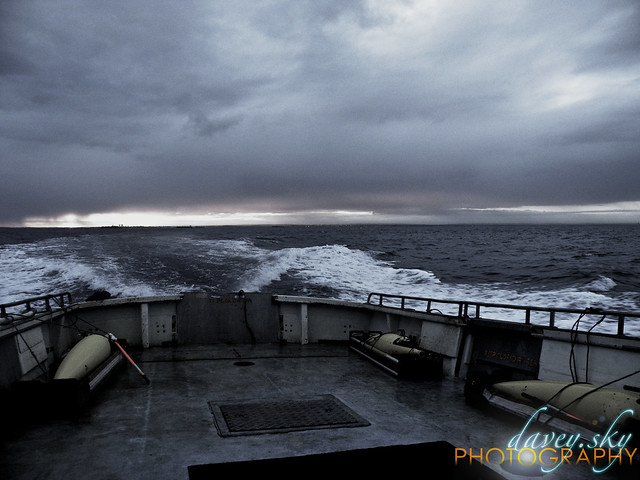
If you’ve never been seasick, well…you’re lucky. It’s really something that’s very difficult to understand the effects of unless you’ve actually experienced it before. But it’s powerful enough to bring the biggest, burliest man to his knees in an instant. Not fun. They do make seasickness medicine, but some people (such as Shannon) say they prefer not to take it, because they still get seasick but they just can’t throw up when they take the seasickness medicine. So they prefer to not take medicine because, once they throw up, they feel better! At least for a couple minutes.
If you do get seasick, you’re supposed to stare at the horizon, which is supposed to give your brain a better perception of which way is up and what is level while the fluid in your ears moves around like a mini-ocean in a hurricane (the fluid in your ears gives you your sense of balance and 3-dimensional direction). The WORST thing you can do when you’re seasick is to engage in dexterously-intensive tasks, such as focusing on typing and text on a computer screen or tightening a screw. Well guess what we get to do! Focus on typing and text on a computer screen and tighten screws! What are the chances…?!
However, great oceanographers work through the perilous conditions at sea! And that’s just what we did. All in the name of (ocean) science! We actually deployed three gliders: SG514 and SG520 for our research, and SG516 for testing. SG516 ended up being ballasted too light and wasn’t able to dive, so we brought her back onboard to re-ballast her back in the lab to test her at another time. Luckily, SG514 and SG520, with some flight dynamics adjustments, are flying great!

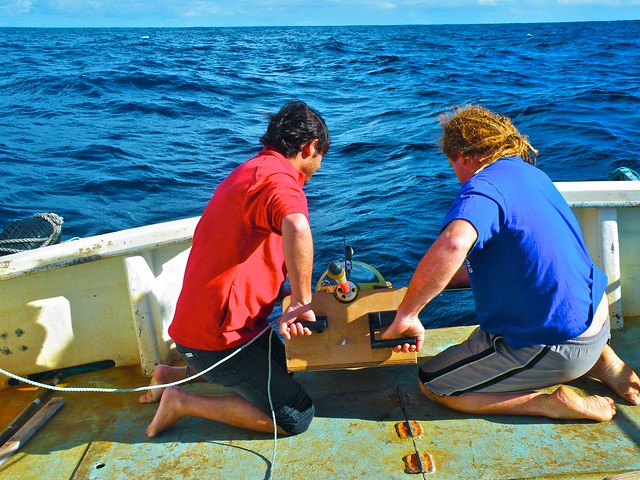
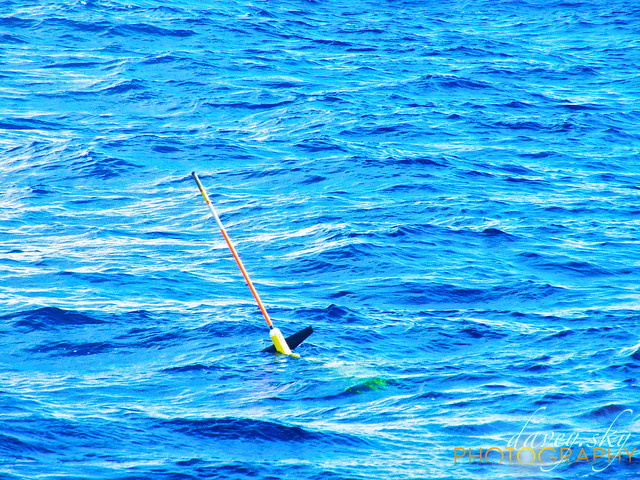
We also rendezvoused with U209, the Slocum glider, to fix the science sensor issues, which was successful. However, two days after the rendezvous, the glider flight data showed a sudden, continuous roll to one side; a telltale sign of a lost wing. However, it could be caused by a number of other things as well, such as something stuck or attached to the glider. Dennis is out on a boat today to pick up U209, as her batteries are very low. Just moments ago, Dennis just recovered U209 to find that our suspicions were correct: U209 was missing a wing. Luckily, that is a very minor issue for a glider! Wings can easily be replaced, as opposed to other components, or gliders themselves.
On the way back home, the waters calmed and bit, and the sky opened up a bit for a gorgeous Australian Sunset.
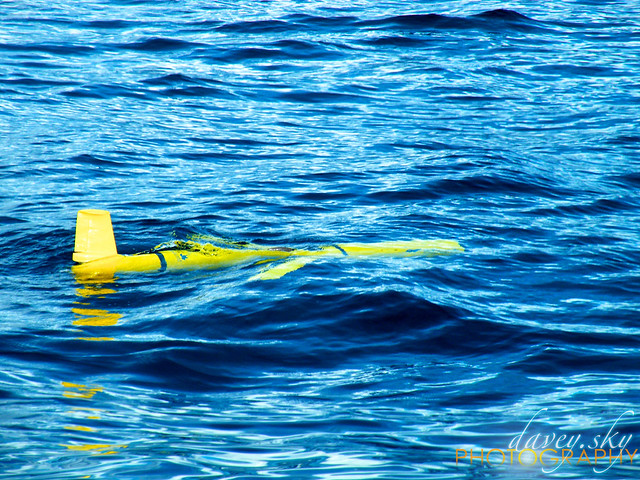

So a little more about our research project! We’re studying the Leeuwin Current System, which consist of several different water masses contributing to two major water flows: the Leeuwin Current and the Leeuwin Undercurrent. The Leeuwin Current System is vital to the physics and biology of the waters off of Western and Southern Australia.
As aforementioned, we will mainly be flying SG514 and SG520 in the Perth Canyon. The Perth Canyon is a deep portion of the ocean, much like a trench. It is actually an ancient part of the Swan River. A long time ago, when the sea level was much lower, the Swan River flowed out much farther along land to reach the ocean, and, similar to the way the Grand Canyon was formed, the water flow from the Swan River eroded away rock and earth to form a canyon. The ocean has since risen and covered up the canyon, which is now a sudden, deep trench-like formation in the ocean floor (also called “bathymetry” – the ‘lay of the land’ under the ocean. Topography is the lay of the land from sea level and up, while bathymetry is the lay of the land from sea level and lower). The ancient Swan River canyon is now called Perth Canyon! It’s an important mixing zone for the Leeuwin Canyon and has physical and biological features not seen in shallower portions of the current system.
We will be studying the Deep Chlorophyll Maximum (DCM) and Deep Oxygen Minimum (DOM) in correlation with the physical structure of the current system as well as phytoplankton blooms. The winter phytoplankton bloom off of Western Australia is not well understood, so we are hoping to help resolve the unknown!
In addition to the science portion of this project, we are also delving into a new wave of glider usage: flying more than one glider along the same transect at the same time. This is something that University of Western Australia/ANFOG has never done before, and we haven’t done this at Rutgers/IMCS before either! We will be flying SG514 and SG520 along the same path to gather better spatial data and comparative data. We will be flying them in different patterns throughout the mission to achieve different comparative opportunities.
For the past week, we’ve been closely monitoring the flight characteristics of SG514 and SG520 and making the necessary adjustments to get them flying as well (and as energetically efficiently) as possible in order to maximize the time the gliders can stay out in the ocean to collect data and to give the gliders the best fighting chance they can possibly have to fly against strong oceanic currents. They are both pretty well dialed in by this point, just a few more adjustments and they’ll be pretty close to perfect. From there, we’ll constantly monitor them for any changes that need to be made as they gliders become bio-fouled (ocean life growing on or attaching to the gliders) or enter ocean waters with different characteristics. Since gliders rely on finely-tuned buoyancy engines to function, even the slightest changes in temperature, salinity, density, etc, can have a huge effect on their performance. Therefore, we are constantly monitoring the gliders’ performance and ocean conditions in order to make necessary changes as pilots to maximize the gliders’ performance. It’s a 24-hour-a-day/7-days-a-week job…especially when you add more and more gliders out in the ocean at the same time.
I’m also monitoring the science sensor data to start to recognize the characteristics of the different currents and water masses. The primary oceanic science data we’re getting from SG514 and SG520 are water temperature, salinity (salt content), water density, dissolved oxygen concentration, chlorophyll-a concentration (there are 3 different main types of chlorophyll!), concentrated dissolved organic matter, and backscatter. I’ll get more in depth with the data in another blog post, as that’s a blog post in itself! But we’re getting some REALLY cool data so far, and I’m excited to share it with all of you!
This past weekend, Dennis and Kerrie took Shannon and me backpacking and camping out in the Australian Bushlands! We hiked along a short piece of a very long trail called the Bibbulmun Track. The “Bib” has little shelters for hikers called “Bib Track Huts” all along the trail for hikers to camp in, so we hiked out to a Bib Track Hut, set up camp, and then hiked out to a high point called Mt. Cuthburt, from which we enjoyed some really nice of the Australian Bushlands and Outback, and then we hiked back to camp where we started a fire and made some Australian-style s’mores! Shannon and I brought our backpacking/camping/travel hammocks with us, so we set up our hammocks to sleep in under the hut! Dennis and Kerrie were kind enough to lend us a couple sleeping bags so we didn’t freeze during the cold winter Australian nights! The night was absolutely pitch black and silent, and the stars were incredibly bright.
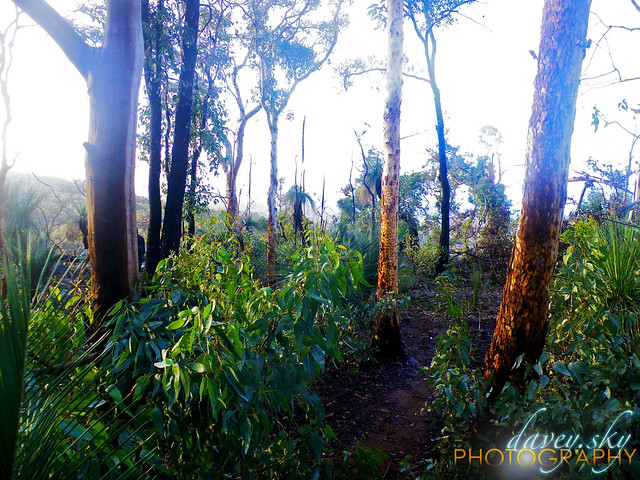
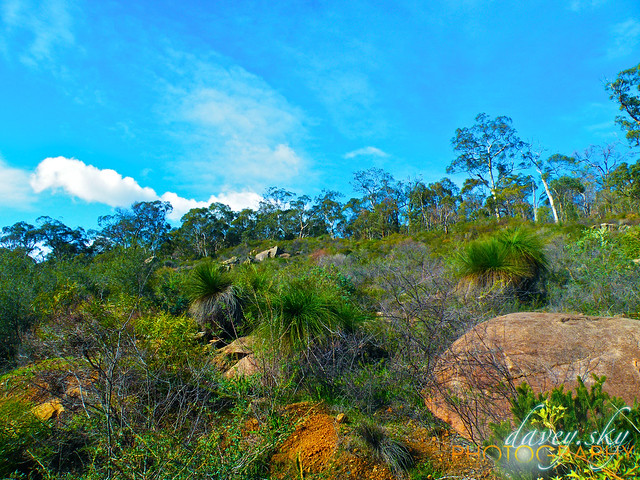
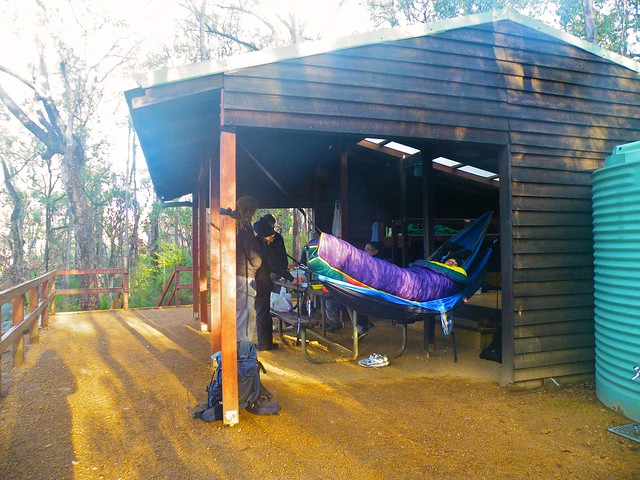
Dennis told us that if we put some peanut butter on a log, once it got dark, a bandicoot would come out to eat it. So we put some peanut butter on a fallen tree…and guess what. We saw a bandicoot! We also went to 2 national parks over the weekend and saw (and touched!) several kangaroos and saw an echidna!
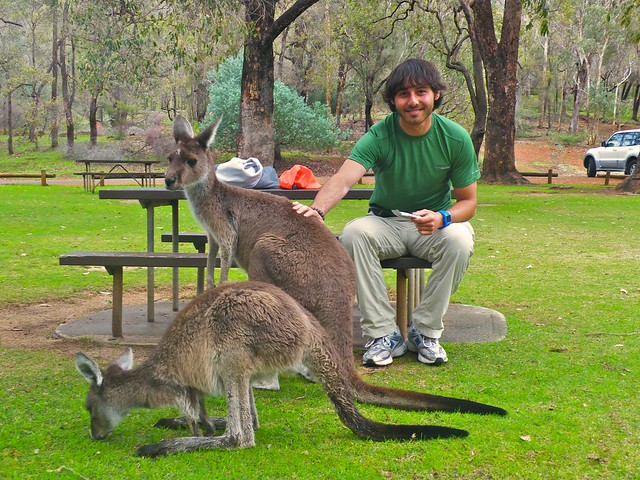
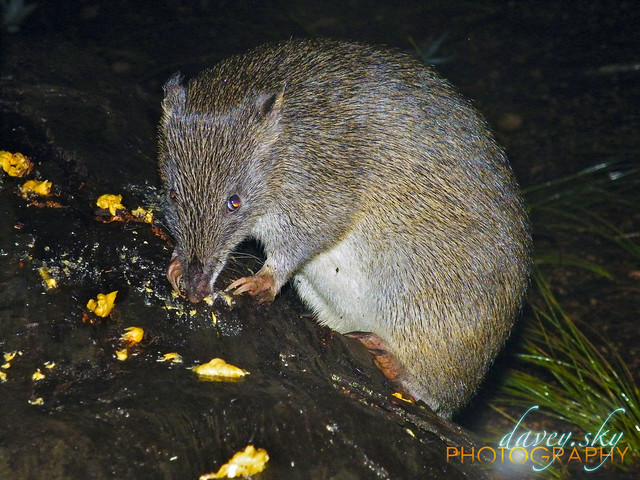
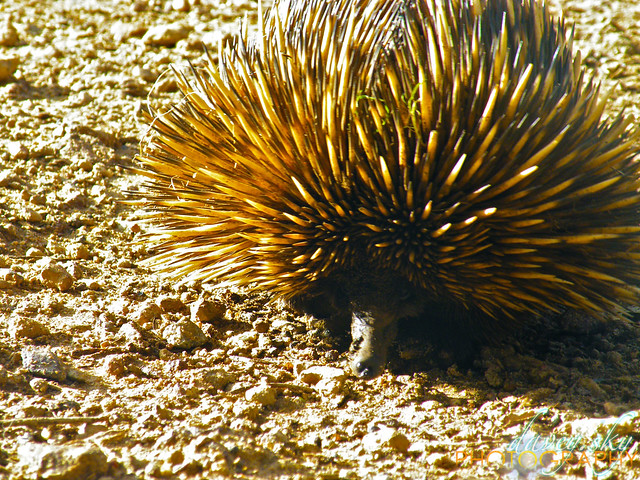
It’s been raining the past week or so (the Western Australia wet season), and although the rain itself is not much fun, it made some waterfalls flow and made for some really beautiful scenery. After all, the rain is beautiful…it’s getting wet that sucks! Normally the waterfalls here are dried up for most of the year, so we were lucky to be able to see them the way we did!
Anyway, gotta get back to work! I’ll have many more things to update you on, and perhaps an excited surprise depending on several factors. Also, although I’m really enjoying being here at UWA/ANFOG, I’m also getting very excited to visit Cairns in August! Thanks for reading everyone! Until next time…
-Dave :)
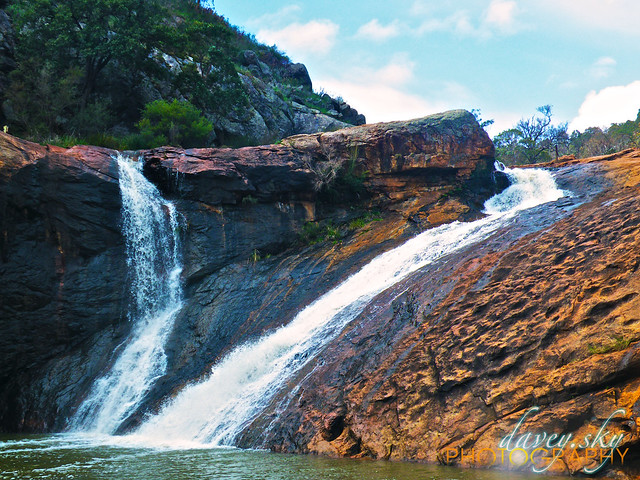




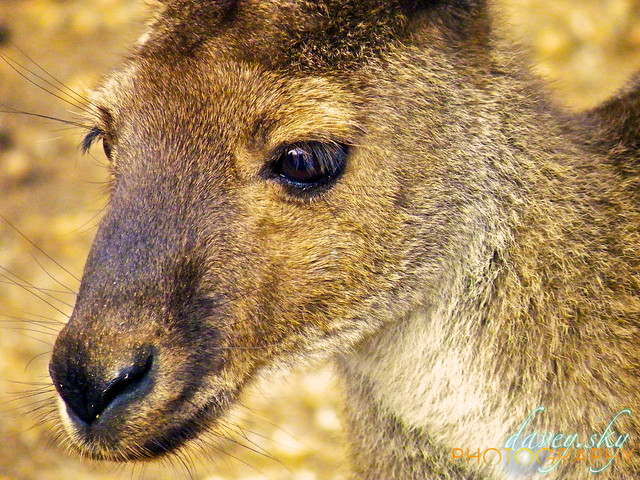
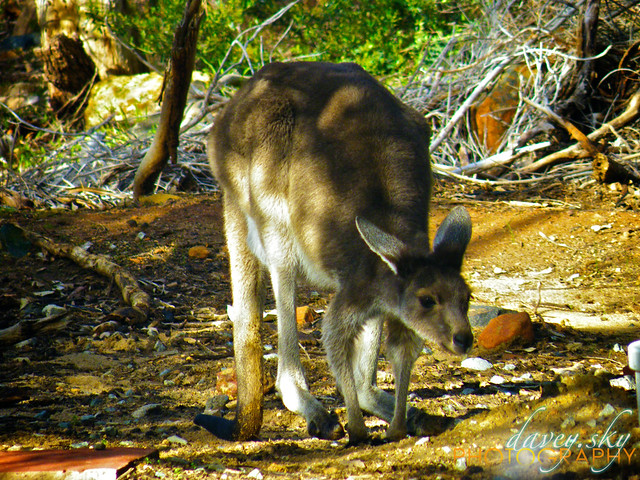


That looks like an amazing adventure. With all those great places to see and things to experience, I will do that job for free if I can. I love your photos!
ReplyDeleteVillas in pattaya